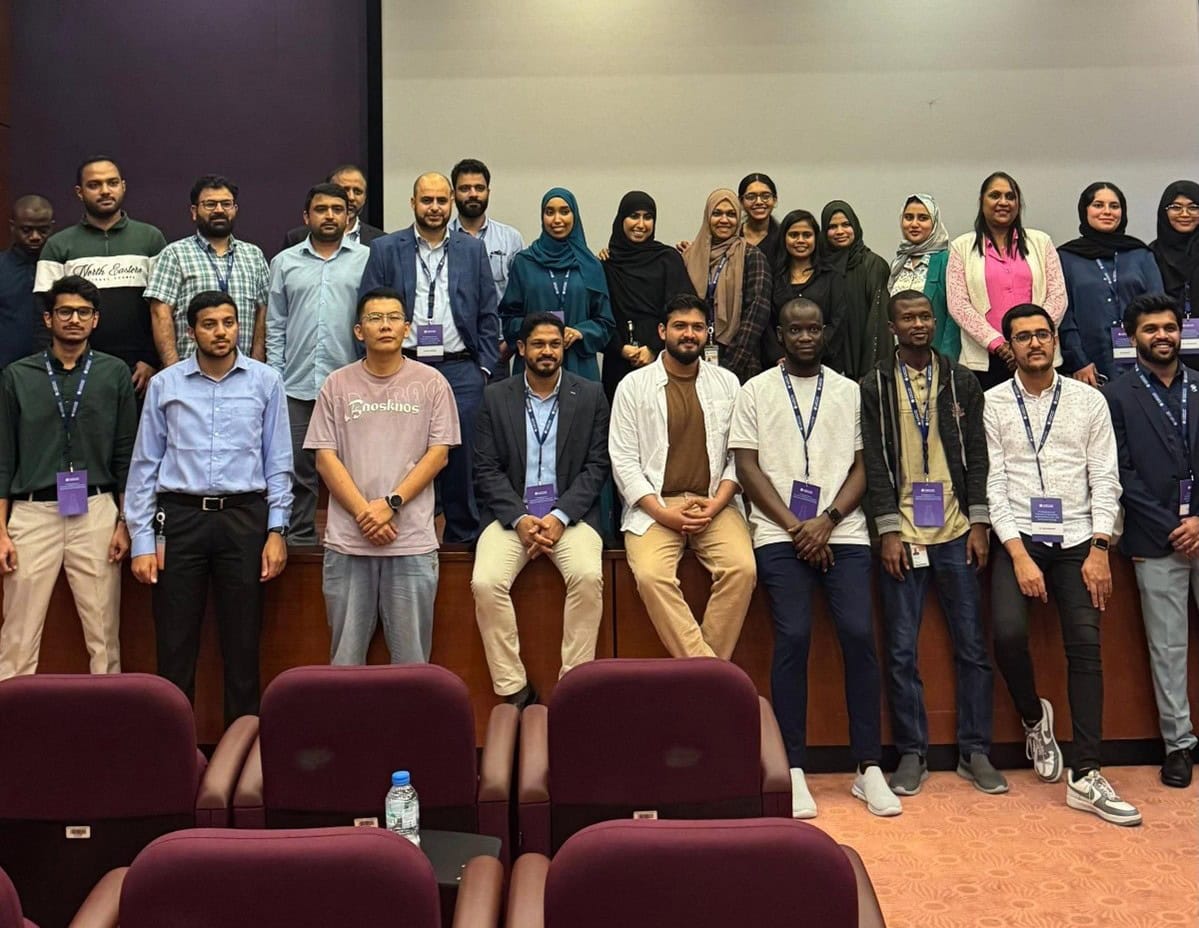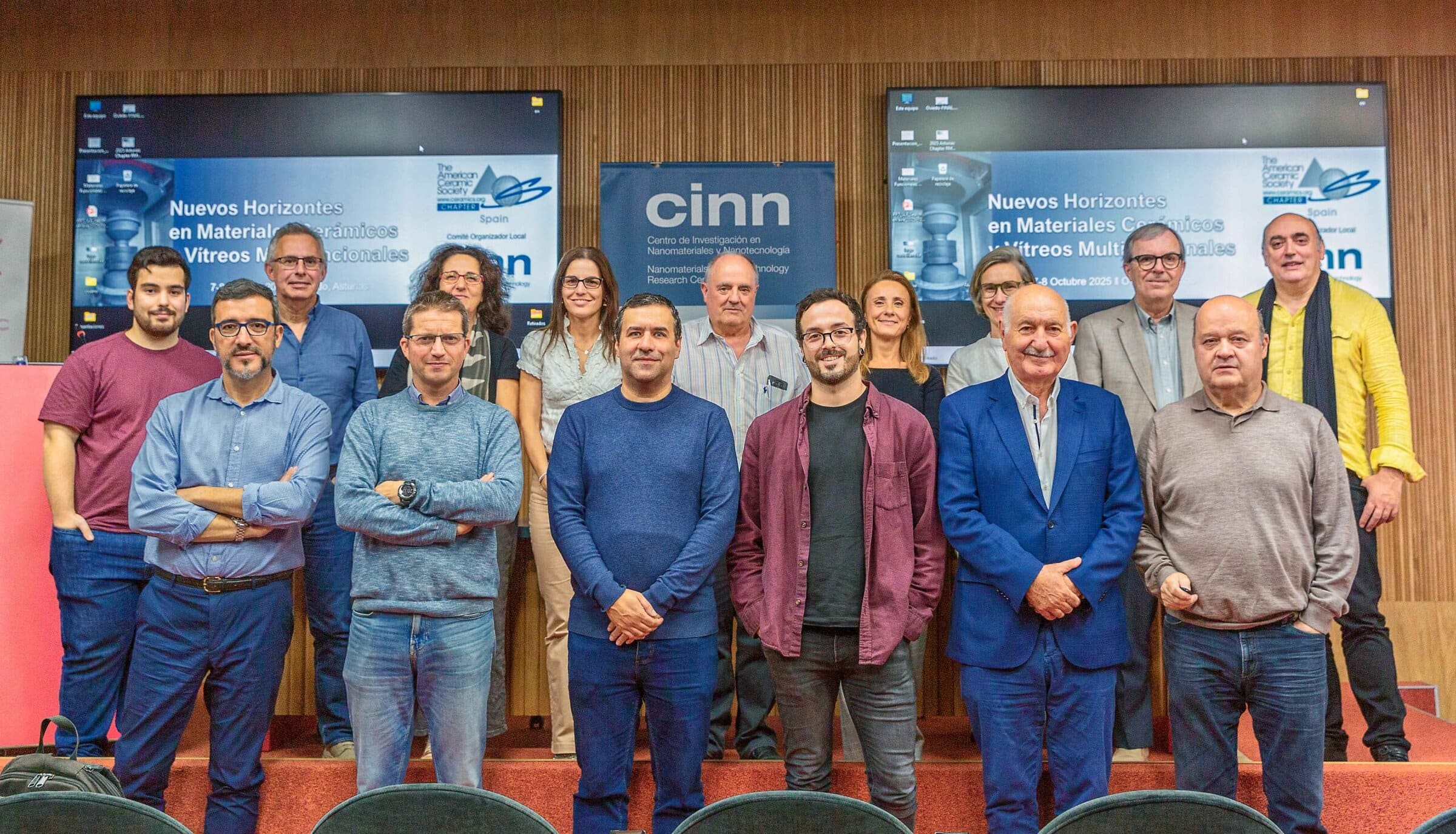John Marra, chief research officer at Savannah River National Lab spoke at the conference dinner at the annual meeting of the Glass & Optical Materials Division on May 17. The title of the talk was “Beyond Fukushima: Advanced materials to enable enhanced nuclear power systems.”
Marra set the stage by providing some context for the strategic role of nuclear power in the energy portfolio of the United States and worldwide. At present, about 40% of the energy consumed in the U.S. is in the form of electricity, and, nationally, about 20% of U.S. electricity is produced by nuclear power plants. Globally, there are 436 operational nuclear energy plants, with about 100 located in the U.S.
The worldwide demand for electric power is expected to double by 2050, with much of the increase coming from transitional economies like India and China and emerging economies like sub-Saharan Africa and parts of the Middle East.
In the U.S., one the Obama administration’s energy goals is to reduce CO2 emissions by 80% by 2050. To reach that goal, Marra says nuclear power will have to continue be part of the nation’s energy portfolio because it is the only CO2-free power generation technology available that can also meet the demand. However, he noted traditional barriers to nuclear energy will have to be overcome, including the average $5 billion (or more) cost to build a standard size plant, more attention to siting considerations, other safety issues (real and perceived), proliferation risk and sustainable fuel cycles.
These barriers were addressed in a DOE report to Congress, “Nuclear Energy Research and Development Roadmap (PDF),” which identifies four key R&D objectives for the nuclear industry as it looks to expand the use of nuclear power in the nation’s energy portfolio. There are opportunities for the materials community to contribute to each of the Roadmap’s objectives (paraphrasing)
- Develop technologies that improve the efficiency of the current fleet,
- Develop technologies that enable better, faster, cheaper building of new plants,
- Scale-up and deploy lab-proven sustainable fuel cycles (including waste management),
- Minimize nuclear proliferation risks.
Look for more about ways the materials community can respond to Roadmap objectives in the August issue of the Bulletin, which will include more extensive comments from John Marra about the role specific materials will play
In the second part of his talk, Marra summarized the sequence of events that occurred on March 11 in Japan. When the magnitude 9 earthquake struck, all safety systems in the plant operated as designed and shut down the three reactors, rendering them safe and stable.
But, of course, about 80 minutes after the earthquake, the 14-meter (imagine a 40-foot wall) tsunami, more than twice the size the plant had been designed to withstand, slammed into the shore-side plant, knocking out the grid feed, the diesel generators that were running cooling water pumps, and significantly damaged the building. Even so, a back-up cooling system operated with waste heat and batteries pumped cooling water, but eventually until the batteries drained and crippled the back-up system.
With the loss of cooling, reactor cores were exposed and temperatures rose, eventually exceeding 900 oC, above which the Zircalloy fuel cladding begins to lose structural integrity. With failure of the cladding alloy, fission products were released. When the cladding temperature reached 1200 °C, the Zircalloy reacted with steam in the reactor, producing hydrogen gas and leading to the dramatic explosion (broadcast instantly around the world), and releasing the accumulated fission products into the atmosphere. Ultimately, the reactor cores were drowned with seawater, and cooling water was restored to the reactor cores (within seven hours for two of the reactors and in 27 hours for the third).
Marra observed that in the face of a catastrophic, natural event that exceeded all design contingencies (and perhaps even imagination) and caused multiple system failures, the Fukushima plant personnel very quickly returned the plant to a safe and stable condition.
According to Marra, the impact of the Fukushima incident will be “significant and worldwide,” for existing plants and new builds. He expects ceramic materials to adopted to “buy time” in emergency situations. For example, claddings of silicon carbide are able to withstand reactor temperatures well beyond what Zircalloy can tolerate. New glass-to-metal seal materials would need to be developed to seal endcaps to SiC claddings. There are alternative fuel configurations in development that would use silicon carbide to self-encapsulate spent fuel, thus preventing the accidental release of fission products. Materials like pyrolytic carbon or cabon-carbon composites may find applications in the so-called “small modular reactors” (more about those in a future post). Waste containment continues to be a pressing materials problem, and nuclear fuel is expected to be oxide-based for the foreseeable future.
Marra cautioned, however, that it can take the Nuclear Regulatory Commission up to 15 years qualify new materials for reactor components, thus the first new materials likely to be adopted are those about which much is already known like silicon carbide, silicon nitride, carbon-carbon composites, etc.
In light of timelines like these, and the added scrutiny and political pressure that the Fukushima incident will inevitably create, the Obama administration’s goal of 80% CO2 reduction by 2050 makes the 39-year interval until then look very, very tight.
Author
Eileen De Guire
Spotlight Categories
- Division News
- Meeting Highlights
Divisions
- Glass & Optical Materials


